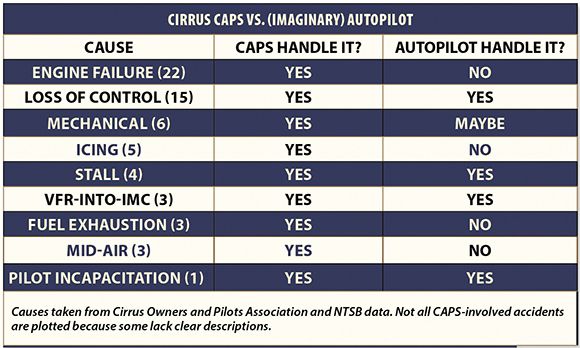As the inevitable autonomy of everything looms just ahead, rock-star entrepreneur Elon Musk had this to say at a recent development conference: “You can’t have a person driving a two-ton death machine. It’s too dangerous.” And that’s to say the driverless car visionaries don’t just want to offer you an autonomous vehicle, they’ll insist on denying you even the choice of manual operation as part of a brave new safer (and boring) future that could arrive as soon as a decade from now. But according to a recent Timemagazine report, many industry experts peg the transition between 2035 and 2050. And even though Musk’s Tesla has already pushed self-driving software to its S-model sedans, that time frame strikes me as credible.
 reported,Diamond has already demonstrated this and there’s no reason to believe it can’t eventually bump its way through certification, if you don’t assign that a date certain. Marketability is another thing, however. I think Diamond—and other manufacturers—will go in that direction eventually.
reported,Diamond has already demonstrated this and there’s no reason to believe it can’t eventually bump its way through certification, if you don’t assign that a date certain. Marketability is another thing, however. I think Diamond—and other manufacturers—will go in that direction eventually.
So I decided to compare the would-be capability of the autonomous panic button with the Cirrus-type CAPS I wrote about in the previous blog. One thing is obvious at the outset. Ideally, this shouldn’t be either/or but both. You’d want the autonomous autopilot as your first choice, the parachute as your second. That’s not, by the way, what Cirrus is doing with the CAPS in the SF50 jet. The autopilot will have sufficient autonomy to manhandle the airplane into the CAPS envelope before allowing it to deploy. It won’t have autonomous landing capability, at least initially.
Using the Cirrus CAPS “saves” as a baseline, the chart above shows a summary. I sorted these into nine broad categories and asked myself: How would the smart autopilot have handled this compared to the parachute? The answer is generally not very well. I gave the AP all the stalls and loss-of-control accidents, plus the pilot incapacitation. But it’s not going to be much help with engine failure unless an airport is handy and I’m not so sanguine as that. Maybe it could handle other mechanicals such as the control failures, but I doubt it.
VFR into IMC? Yeah, the autopilot gets that one. But it loses on the midairs, unless it has algorithms for flying with pieces of the airplane missing or a Skyhawk as a hood ornament. Of course, in the brave new autonomous world, there won’t be midairs. Fuel exhaustion is a toss-up, but only because the smart autopilot may be part of a sophisticated system that wouldn’t let you take off or would assume control in a critical fuel situation, like configuration protection in airliners. On second thought, forget it: The parachute is better in those circumstances.
Really, the BRS works in almost all of the abnormals listed here. It doesn’t work in low-altitude upsets, but perhaps the autopilot wouldn’t either. It doesn’t work in high-speed loss of control and maybe the autopilot, given sufficiently muscular and smart servos, could withdraw the fat from the fire in that case.
Given the demonstrated performance of the BRS idea, as I discussed in the previous blog,I continue to be baffled at the irrational biases against whole-aircraft parachutes. Years ago, when selling CAPS, Alan Klapmeier always said a pilot shouldn’t have to die for his/her mistakes. It’s as good a sales point now as it was then. Even the risk homeostasis argument—that is, having the parachute makes a pilot take risks he wouldn’t otherwise take—suggests in a whisper that if you’re not good enough to do this flying thing without the crutch of a parachute, you deserve to die. What a stupid argument.
So our ideal single-engine airplane of the future will have both the smart autopilot and the parachute, presenting the pilot with … maybe a simpler decision tree. If the AP can’t save it, it can automatically deploy the parachute or maybe just scream through the audio, “pull the ^%&%$ handle!” That’s how I’d do it if I were writing the software for such a thing. One mustn’t miss the all-to-rare opportunity for a little humor in this grim business.
Back to the cars for a moment. The recent Time report gushed how driverless cars will be utterly disruptive, decimating the auto insurance industry, the body shop business, the injury/accident bar, the parking industry and the $300-billion-a-year automotive aftermarket business. Right. Not to be too cynical about it, but that sounds like it was written by the same guys who said nuclear-generated power would be too cheap to meter.
And we know how that turned out.


































